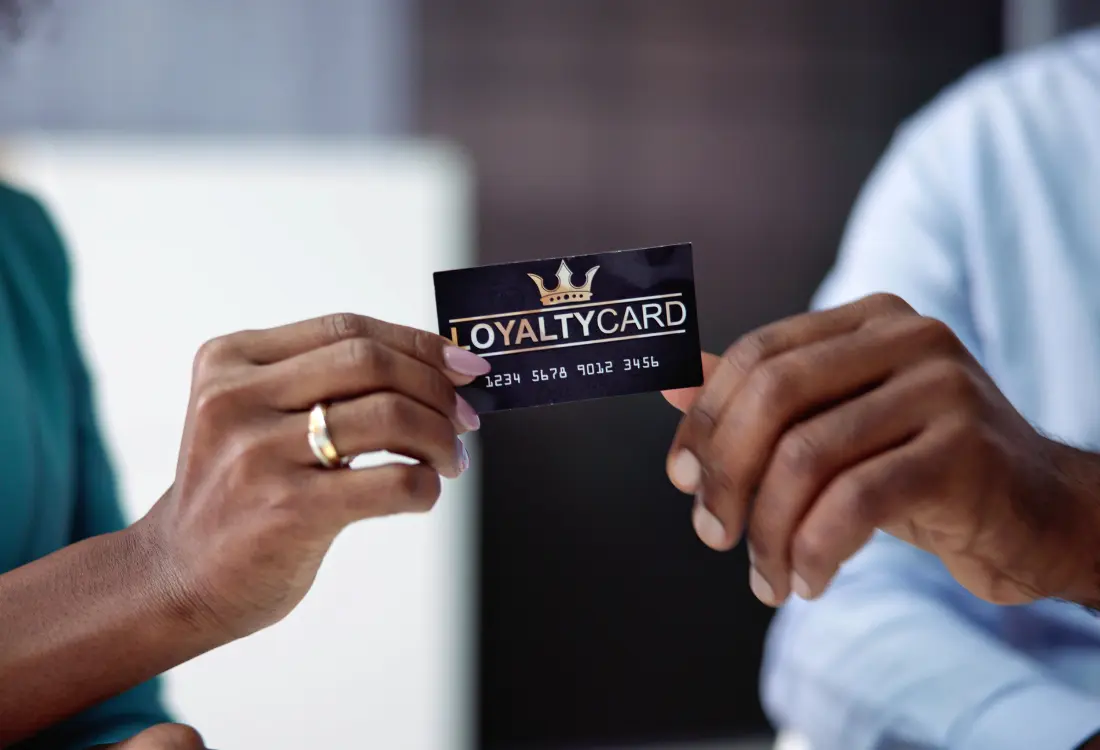In the digital age, customer loyalty is more important than ever. Research shows that acquiring a new customer is 16 times more expensive than retaining an existing customer, with businesses losing about 15% of their customers each year. For brands, this highlights the immense value of having a solid customer loyalty program to keep loyal customers engaged. In fact, 68% of Millennials say they need a loyalty program to continue purchasing from a particular brand.
As customers increasingly value rewards and recognition, a well-crafted customer loyalty program can significantly improve customer retention and increase customer lifetime value. However, even with the growing number of programs, many consumers still fail to engage regularly with their loyalty cards and rewards programs. This raises the question: Does registering for these programs and using their promotional tools actually lead to repeat purchases and stronger brand loyalty?
Mobile Apps Replacing Traditional Loyalty Cards
The shift from plastic loyalty cards to mobile apps has fundamentally changed how brands approach customer loyalty. Mobile-first strategies are at the core of many successful loyalty programs, where mobile apps act as the primary platform for rewarding customers. These apps not only offer a convenient way to track loyalty points but also deliver personalized rewards, driving customer engagement and repeat business.
Programs like LIDL Plus and Starbucks Rewards have embraced this shift, offering easy-to-use apps that encourage exclusive rewards, including discount codes, bonus points, and early access to special deals. As a result, consumers are engaging more frequently, which increases the likelihood of repeat customers and strengthens their loyal customer base.
How Loyalty Apps Drive Engagement and Retention
Loyalty platforms play a crucial role in driving repeat purchases by increasing customer satisfaction through personalized experiences. A recent study by H2H.tech revealed that mobile loyalty apps like LIDL Plus and Rossmann Club have an engagement rate of 84%. This high engagement comes from users regularly checking their point balances, available promotions, and personalized rewards tailored to their specific behaviors.
By delivering personalized rewards and offers, loyalty apps help brands build customer loyalty while keeping users engaged. The ability to track purchasing behavior and offer tailored promotions has made loyalty programs far more effective in building long-term relationships. When customers feel they’re receiving a better deal through exclusive perks, such as location-based notifications or exclusive access to sales, their loyalty to the brand strengthens.

The Power of Personalization in Loyalty Apps
A key feature that sets mobile loyalty programs apart from traditional ones is their ability to offer personalized rewards based on customer data. The more brands know about their customers’ preferences and behaviors, the better they can craft offers that resonate with them. This personalization drives repeat purchases and enhances customer satisfaction by making the shopping experience feel tailored to the individual.
For instance, mobile loyalty apps can recommend products based on past purchases, offer special deals on items customers frequently buy, or provide exclusive rewards for engaging with the brand in new ways. By using customer data to customize the experience, brands can increase engagement strategies that keep users coming back.
From Installation to Long-Term Engagement
For a customer loyalty program to succeed, it must go beyond just installations. The real measure of success lies in customer engagement and how often users interact with the app after the initial download. The more engaged users are, the more likely they are to become repeat customers and loyal customers.
While initial discounts and cashback rewards may drive installs, the key to a successful loyalty program is offering continuous value. Features like early access to new products or exclusive perks for loyal users help maintain engagement over time. Personalized rewards, exclusive offers, and digital loyalty cards that reward customers based on their shopping habits increase the likelihood of customers returning for future purchases.
Behavioral Data Enhances Customer Experience
In the world of mobile loyalty, customer data is the backbone of a great experience. With advanced AI and machine learning algorithms, brands can use this data to send personalized offers and loyalty features that encourage users to engage with the brand at the right time. For example, a well-timed push notification can remind a user of their loyalty points, encourage them to use a digital stamp card, or offer exclusive rewards just when they’re about to make a purchase.
Brands that combine both online and offline customer touchpoints, creating an omnichannel loyalty experience, can better engage customers. This seamless integration allows users to earn and redeem rewards across multiple marketing channels, enhancing their overall customer experience.

Why Invest in Mobile Loyalty Programs?
For businesses, investing in mobile loyalty apps is a smart decision. With these apps, brands can build customer relationships, increase customer retention, and boost customer lifetime value. By offering personalized rewards, loyalty features, and exclusive access, businesses can encourage repeat business and loyalty.
These programs also gather valuable customer feedback and insights, allowing businesses to fine-tune their offerings to better meet target audience needs. In turn, this leads to more satisfied customers who feel valued and are more likely to recommend the brand to others, helping to grow the loyal community and reach new customers.
The Future of Customer Loyalty
The future of customer loyalty lies in digital loyalty cards and mobile apps that offer personalized, engaging experiences. As consumer preferences evolve, brands must adapt their marketing strategies to meet the needs of their loyal customer base. By investing in mobile loyalty apps and focusing on personalized rewards, businesses can foster stronger brand loyalty, increase customer retention, and drive repeat purchases for years to come.




